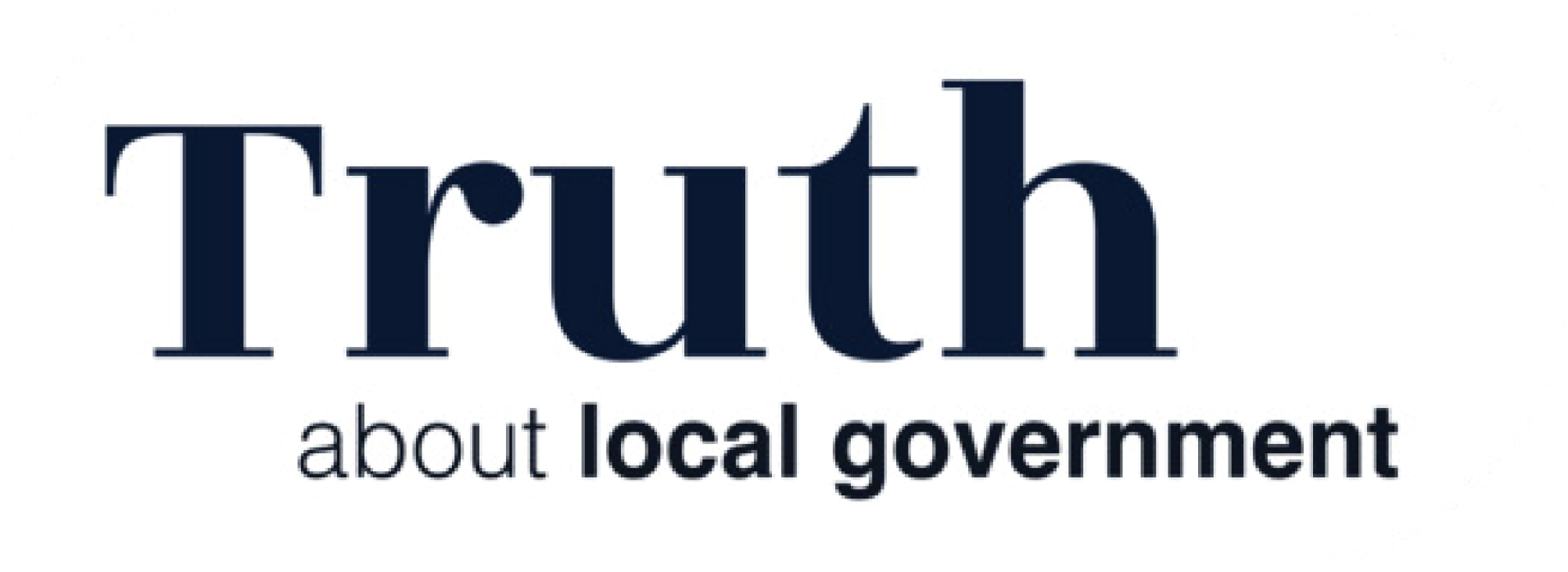Coaching with Purpose: Applying Lane and Corrie’s PPP Model in Local Government
- truthaboutlocalgov
- May 18
- 4 min read
In the dynamic world of local government, leadership is no longer just about policy and procedure—it’s about people. As public sector leaders face increasing complexity, the ability to coach effectively becomes a vital skill. David Lane and Sarah Corrie’s Purpose, Perspectives and Process (PPP) model offers a powerful framework for those looking to develop as coaches, particularly within the context of public service.
This blog explores the core elements of the PPP model, summarises its key theories, and offers practical insights into how local government officers can apply it to lead with clarity, empathy, and impact.

Understanding the PPP Model
At its heart, the PPP model is a framework for reflective and intentional coaching. Lane and Corrie propose that effective coaching is grounded in three interrelated components:
Purpose – Why are we coaching?
Perspectives – What informs our approach?
Process – How do we coach?
This model encourages coaches to be thoughtful and deliberate, ensuring that their practice is not only effective but also ethically and contextually grounded.
“The task of formulating centres on the creation of a shared framework of understanding that has implications for change.” – Lane & Corrie
1. Purpose: Clarifying Intentions
The first pillar of the model—Purpose—asks the coach to define the intention behind the coaching engagement. This includes both the overarching goals and the specific outcomes desired by the coachee.
In a local government setting, this might involve:
Supporting a team member through organisational change.
Developing leadership capacity in junior officers.
Enhancing performance in service delivery.
Application Tip: Before beginning any coaching conversation, ask:
“What do we want to achieve through this coaching?”
“How will we know if we’ve succeeded?”
This clarity ensures that coaching remains focused and aligned with both individual and organisational objectives.

2. Perspectives: Understanding the Lens
The second element—Perspectives—refers to the theoretical, personal, and contextual lenses through which the coach views the coaching relationship. Lane and Corrie emphasise that no coaching is value-neutral; every coach brings their own worldview, experiences, and assumptions to the table.
“The formulation that follows will be filtered through the particular lens of a specific theoretical or conceptual view.” – Lane & Corrie
For local government officers, this means recognising how their professional background, organisational culture, and personal values shape their coaching style. For example:
A manager with a background in community engagement may prioritise collaborative, strengths-based approaches.
Someone working in regulatory services might lean towards structured, outcome-driven coaching.

Application Tip: Reflect on your own coaching influences:
“What theories or models do I draw on?”
“How do my values shape the way I support others?”
This self-awareness enhances authenticity and helps build trust with coachees.
3. Process: Structuring the Journey
The final component—Process—is about the methods and techniques used to facilitate coaching. This includes everything from the structure of sessions to the tools and interventions employed.
Lane and Corrie stress that process should be flexible and responsive, tailored to the purpose and informed by the coach’s perspectives.
In practice, this might involve:
Using models like GROW or CLEAR to guide conversations.
Incorporating reflective exercises or feedback tools.
Adapting the pace and style of coaching based on the coachee’s needs.
Application Tip: Design your coaching process intentionally:
“What structure will best support this person’s development?”
“How can I adapt my approach to suit their learning style?”
Why the PPP Model Matters in Local Government
The PPP model is particularly relevant for public sector leaders because it encourages a holistic, ethical, and context-sensitive approach to coaching. Here’s how it aligns with the realities of local government:
1. Navigating Complexity
Local government officers often operate in environments of uncertainty and change. The PPP model helps coaches stay grounded by continually revisiting purpose and adapting process.
2. Supporting Diverse Teams
With teams made up of individuals from varied backgrounds and disciplines, the emphasis on perspectives ensures that coaching is inclusive and respectful of different worldviews.
3. Enhancing Accountability
By clarifying purpose and aligning process, the model supports transparent, goal-oriented coaching that aligns with public service values.

Developing as a Coaching Leader
For local government officers looking to grow as coaches, the PPP model offers a roadmap for reflective practice. Here are some steps to get started:
1. Define Your Coaching Purpose
Write a personal coaching mission statement. What do you hope to achieve as a coach? How does this align with your role in local government?
2. Explore Your Perspectives
Take time to explore the theories and values that inform your coaching. Consider training in different coaching models or engaging in peer supervision.
3. Design Your Process
Experiment with different coaching structures and tools. Be open to feedback and willing to adapt your approach based on what works best for your team.
4. Engage in Reflective Practice
After each coaching session, reflect on what went well and what could be improved. Use the PPP model as a lens for this reflection.
Conclusion: Coaching with Intention and Integrity
David Lane and Sarah Corrie’s Purpose, Perspectives and Process model is more than a coaching framework—it’s a philosophy of practice. For local government officers, it offers a way to lead with clarity, compassion, and competence.
By grounding coaching in clear purpose, informed perspectives, and thoughtful process, leaders can create meaningful change—not just in individuals, but across teams and communities.
“The formulation emerges and will take varied forms; key events are identified and explanations for their impact derived from a range of approaches that are subsequently woven into a coherent story.” – Lane & Corrie
In a sector where people are the heart of service, coaching with intention is not just a skill—it’s a responsibility.



